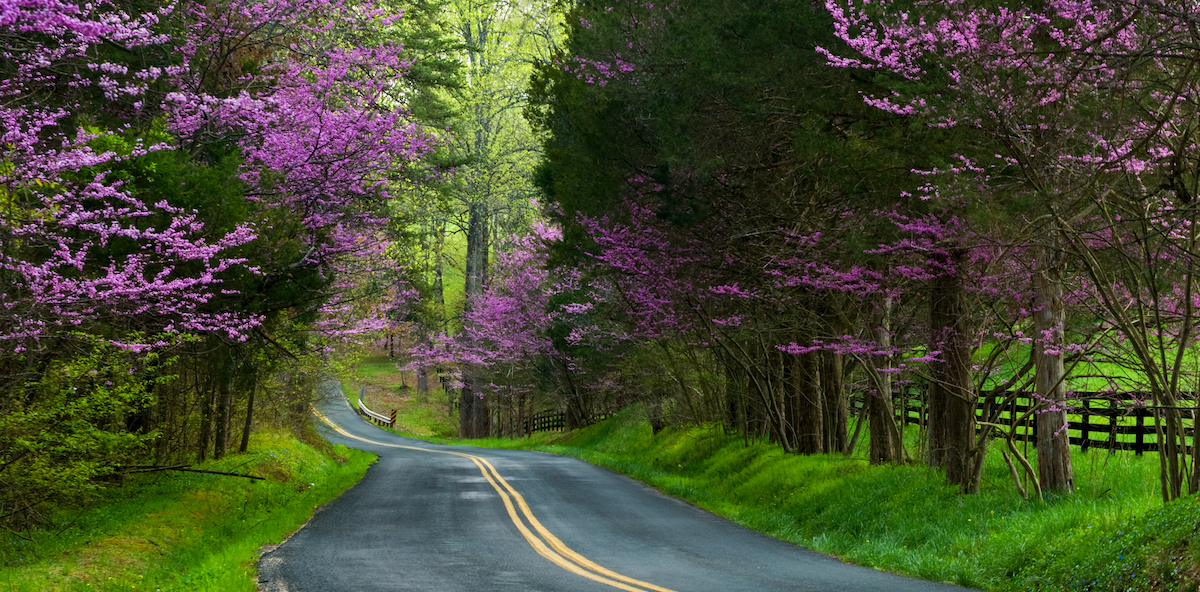
Sign up for our daily newsletter to get gardening tips and advice.
Planting, growing, and pruning Eastern Redbuds
ADVERTISEMENT
I love & hate Redbud trees! They are pretty, BUT! But they are what I identify as "Dry Trees." By "Dry Trees" I mean they do not "SEEM" to have much moisture in them. They are constantly dropping branches & here, in the MidWest where they grow whether you want them or not, that means you must be careful where they grow or you may lose part of your barn, garage &/or house.
My husband and I feel same way. We love their beauty, but they’re not good around the house or cars. Falling blossoms can stain the paint on a car. My husband also calls them eye pokers because the branches grow straight out at eye level. Best to plant them towards the back of the property with plenty of room.











